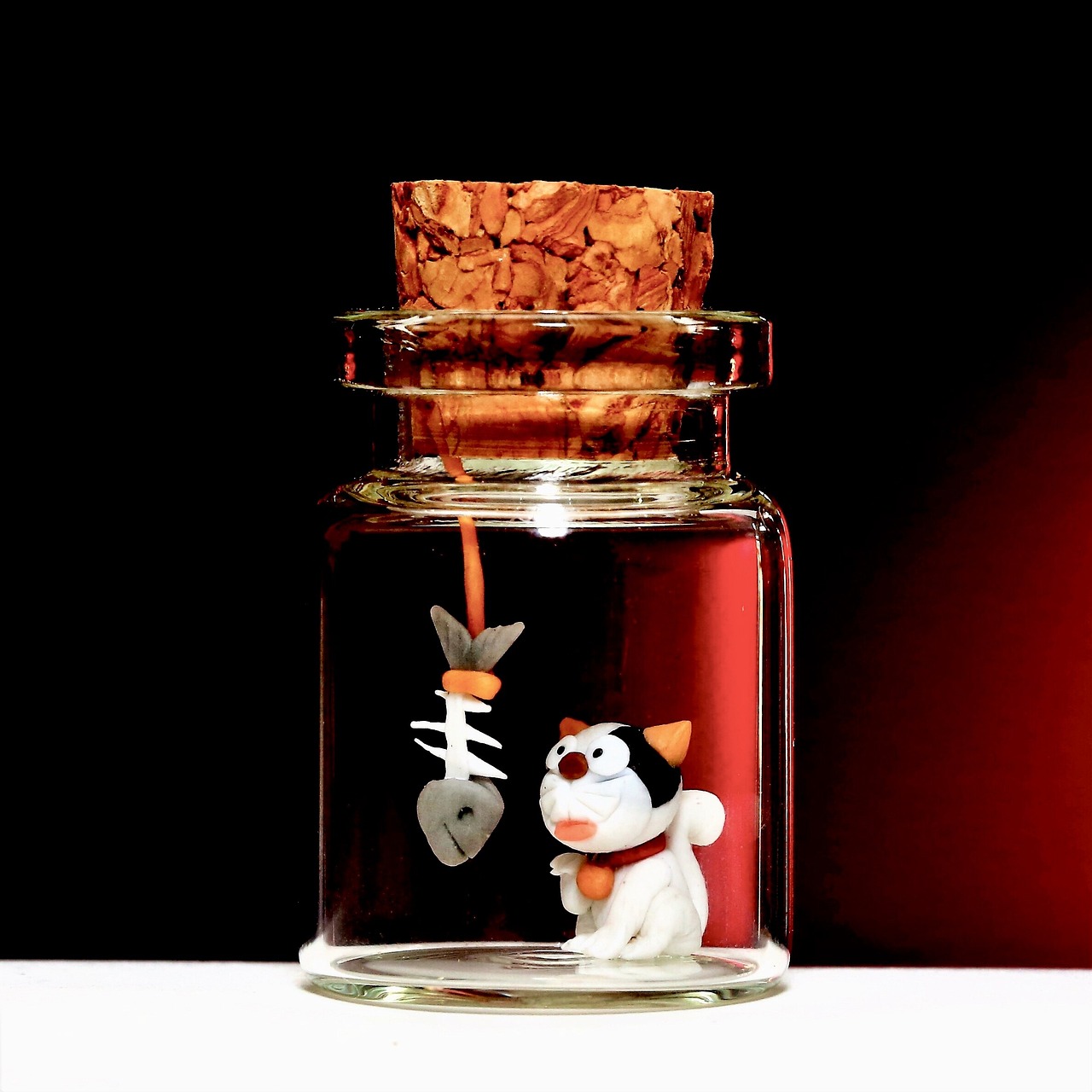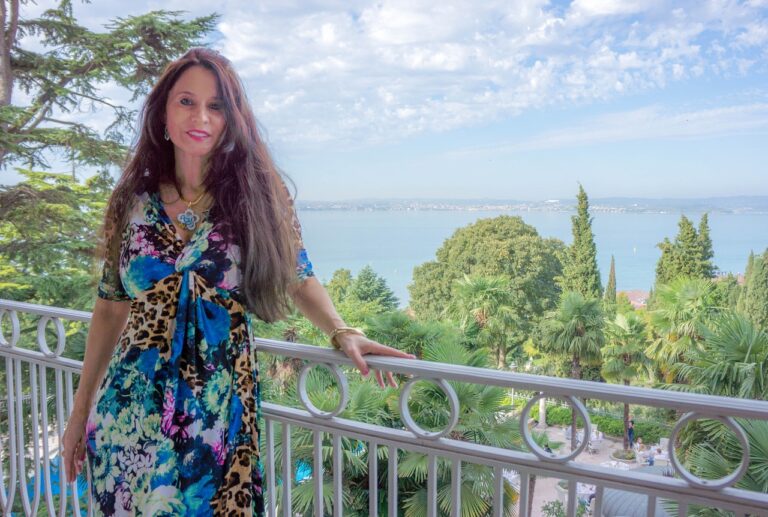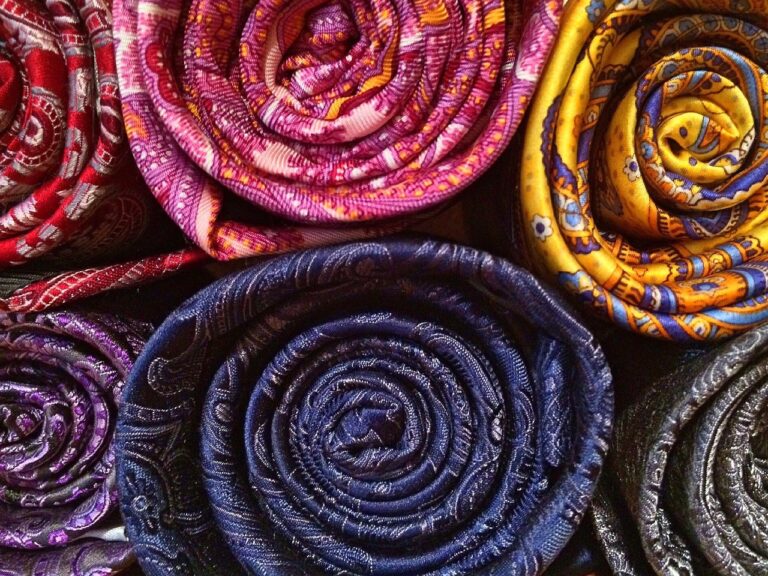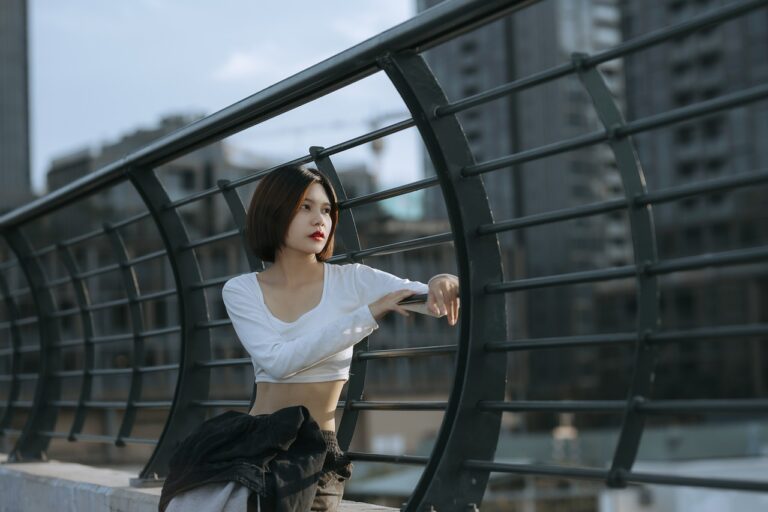Analyzing the Influence of Vintage Fashion on Boutique Trends: Allexchbet. Com, 99 exchange, Allpanel
allexchbet. com, 99 exchange, allpanel: Vintage fashion has always had a strong presence in the world of style and design. The allure of bygone eras and the nostalgia for the past have captivated fashionistas and designers alike, leading to a resurgence of vintage trends in the world of boutique fashion. In this article, we will delve into the influence of vintage fashion on boutique trends, exploring how the past continues to shape the present in the world of fashion.
The Influence of Vintage Fashion on Boutique Trends
Vintage fashion has a timeless appeal that transcends trends and seasons. The allure of vintage clothing lies in its unique craftsmanship, quality materials, and distinctive aesthetics. From the elegant silhouettes of the 1950s to the bold prints of the 1970s, vintage fashion offers a treasure trove of inspiration for designers and boutique owners looking to create a signature style for their clientele.
One of the key ways in which vintage fashion influences boutique trends is through its focus on sustainability and ethical production practices. Vintage clothing is inherently sustainable, as it involves recycling and repurposing garments from the past rather than contributing to the cycle of fast fashion and excessive consumption. Boutique owners who embrace vintage fashion not only offer customers a more sustainable shopping experience but also support the preservation of fashion history and heritage.
Vintage fashion also embodies a sense of individuality and personal style that is often lacking in mass-produced clothing. By incorporating vintage pieces into their collections, boutique owners can offer customers a chance to express their unique personalities and stand out from the crowd. Whether it’s a one-of-a-kind dress from the 1960s or a statement accessory from the 1980s, vintage fashion allows customers to curate a wardrobe that is as distinctive as they are.
In addition to its sustainability and individuality, vintage fashion also influences boutique trends through its emphasis on quality and craftsmanship. Vintage garments are often made with attention to detail and superior materials, resulting in pieces that stand the test of time and retain their value over the years. Boutique owners who source vintage clothing for their stores can offer customers a level of quality that is rarely found in mass-produced clothing, allowing them to create a loyal customer base that values craftsmanship and longevity.
Furthermore, vintage fashion serves as a source of inspiration for designers and boutique owners looking to create modern interpretations of classic styles. By studying the silhouettes, patterns, and colors of vintage garments, designers can create new pieces that pay homage to the past while incorporating contemporary elements to make them relevant for today’s fashion landscape. This fusion of the old and the new results in collections that are both timeless and on-trend, appealing to a wide range of customers with diverse style preferences.
Overall, the influence of vintage fashion on boutique trends is undeniable. From its focus on sustainability and individuality to its emphasis on quality and craftsmanship, vintage fashion continues to shape the way we dress and express ourselves through clothing. By incorporating vintage pieces into their collections, boutique owners can offer customers a unique shopping experience that celebrates the beauty and history of fashion.
In conclusion, vintage fashion’s influence on boutique trends is a testament to the enduring appeal of styles from the past. By embracing vintage clothing, boutique owners can tap into a rich source of inspiration and creativity that sets their collections apart from the rest. So whether you’re a fashion lover looking to add a touch of nostalgia to your wardrobe or a boutique owner seeking to create a signature style for your store, vintage fashion is a timeless trend that is sure to inspire and captivate for years to come.
FAQs
1. What are some popular vintage fashion eras that boutique owners draw inspiration from?
Boutique owners often draw inspiration from a variety of vintage fashion eras, including the 1920s flapper style, the 1950s hourglass silhouette, the 1970s bohemian look, and the 1980s power dressing trend.
2. How can boutique owners incorporate vintage fashion into their collections?
Boutique owners can incorporate vintage fashion into their collections by sourcing pre-loved garments from thrift stores, vintage shops, and online marketplaces, as well as by collaborating with vintage collectors and designers who specialize in retro styles.
3. What are some key elements to consider when mixing vintage pieces with modern clothing?
When mixing vintage pieces with modern clothing, it’s important to pay attention to proportions, textures, and colors to create a cohesive and harmonious look. Mixing vintage and modern pieces can add depth, character, and a unique flair to your overall outfit.
4. How can customers incorporate vintage fashion into their everyday wardrobe?
Customers can incorporate vintage fashion into their everyday wardrobe by investing in key vintage pieces, such as a classic blazer, a statement handbag, or a pair of retro sunglasses, and mixing them with modern basics to create a stylish and personalized look.
5. Why is vintage fashion considered sustainable?
Vintage fashion is considered sustainable because it involves recycling and repurposing clothing from the past rather than contributing to the environmental impact of fast fashion. By supporting vintage fashion, customers can reduce waste and promote eco-friendly shopping practices.
6. What are some tips for caring for vintage clothing?
To care for vintage clothing, it’s important to store garments in a cool, dry place away from direct sunlight, avoid using harsh chemicals or detergents when cleaning, and handle delicate fabrics with care to preserve the quality and integrity of the pieces.
7. How can customers differentiate between genuine vintage and contemporary retro clothing?
Customers can differentiate between genuine vintage and contemporary retro clothing by examining the quality of materials, construction techniques, and labeling details, as well as by researching the history and provenance of the garment to determine its authenticity.
8. Are there online resources for buying and selling vintage fashion?
Yes, there are online resources for buying and selling vintage fashion, including websites such as Etsy, Depop, eBay, and The RealReal, as well as online vintage marketplaces and boutiques that specialize in retro styles.
9. What are some ways to style vintage accessories with modern clothing?
Customers can style vintage accessories with modern clothing by mixing and matching different pieces to create a layered and eclectic look, experimenting with bold colors and patterns, and incorporating statement jewelry, hats, scarves, and handbags to add a touch of vintage glamour to their outfits.







